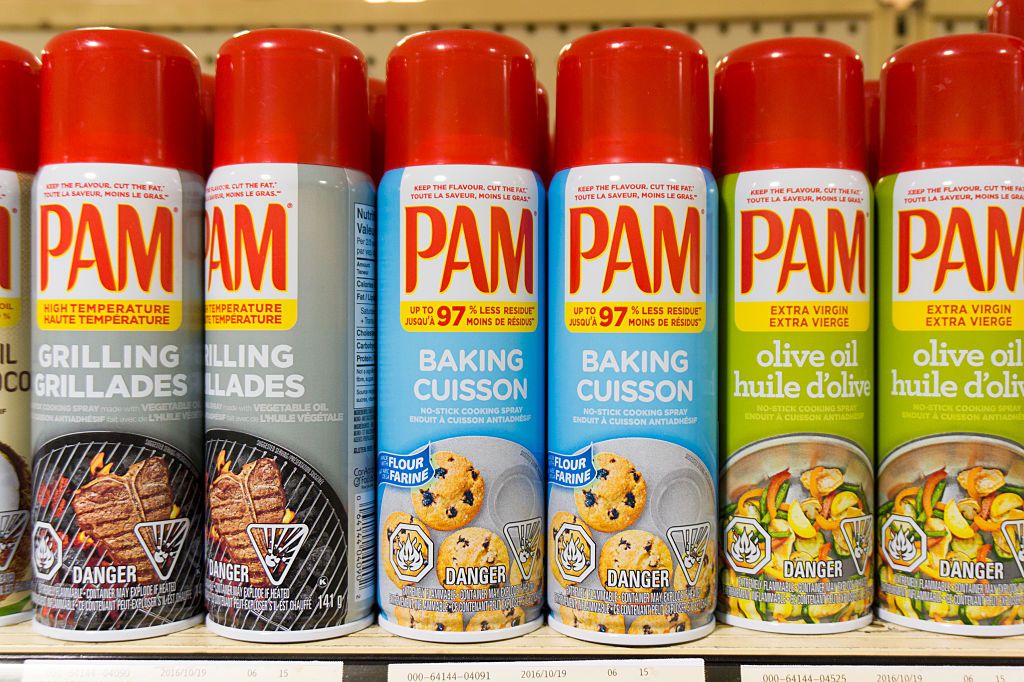
The Chemistry of Food
It seems that the subject of food garners more attention these days than at any time. From healthy eating tips to “foodie” blogs, groups, and tours, to bombardment with horror stories about the perils of processed foods and chemical additives, it’s nearly impossible to escape the feeling that the food choices we make are a primary contributor to our well-being and happiness.
Especially in the present day, as more folks are conscious of their food and drink choices, the subject of ‘chemicals’ in our food is dominating the discussion, especially since the term “chemical” is seemingly used interchangeably with “hazardous material” in layman’s lexicon. Courtesy of the online hazmat training experts at Hazmat University, let’s take a closer look at the chemistry of our food and whether or not we are actually eating HAZMAT.
Defining Our Terms: What Is Chemistry?
Chemistry can be defined as the study of the composition and properties of substances and various forms of matter, including their interactions with each other. Whether naturally occurring or artificially produced, every form of matter consists of chemicals – those elements and compounds that represent the unique characteristics of that matter.
In keeping with this philosophy, everything we eat is a compilation of chemicals, and those chemical compounds make up nutrients that include:
- Proteins
- Fats
- fibers/carbohydrates
Watching What We Eat
Those nutrients have served as the core building blocks of our diet since the very beginning of our existence on this planet.
Aside from paying homage to those who started it all, our ancestors deserve enormous gratitude for discovering that the consumption of certain matter was not conducive to the survival of the human race.
For example, some of the following foods, while edible, were often toxic and harmful to humans:
- Plants
- Berries
- Extracts
- Seeds
- Animals
The Healthy Chemistry of Food
An intuitive sense of chemistry not only helped us avoid foods because they were harmful, we also learned some things that made food taste better or stay fresh longer. For example, salts and vinegar were found to preserve foods, and have been put into use for centuries. Likewise, the modern study of chemistry and advances in associated technologies have resulted in the vast array of food choices that we now have, which come along with the safety standards that have been developed regarding their production and distribution, especially those of large-scale.
Today, some foods are irradiated to reduce harmful bacteria and parasites that could affect food safety. In many other cases, chemical additives are used to enhance flavor and texture, provide nutritional supplementation, prolong shelf life, and, with things like color additives, make the food attractive and appealing.
Where does HAZMAT Come Into the Picture?
In the United States, food additives are regulated by the Food and Drug Administration (FDA) and undergo a rigorous approval process to ensure that they are deemed safe for human consumption in the quantities intended to be used and consumed. Many of these substances are deemed safe for consumption only after they are highly diluted. The transportation of certain chemical additives subsequently becomes subject to the hazardous material transportation regulations, because of the inherent hazardous properties these substances may exhibit in their concentrated state.
For example, some flavoring extracts are regulated as dangerous goods when they meet the classification criteria of a Class 3 flammable liquid. Some popular beverages have certain acids (Class 8 corrosives) as an ingredient (but trust that the gastric acids in the end user’s stomach are far stronger than any amount of acid they may be consuming in the beverage!) Other ingredients may be regulated for air transportation as an “aviation-regulated” substance, due to the strong odors or irritating properties they may exhibit in the event of a spill or leak on an aircraft, which could interfere with the crew’s performance of their duties. For this reason, employees of companies who produce these types of additives and ingredients must receive hazardous materials training in order to ship these products to their customers.
Other ways HAZMAT Keeps Our Food Safe
We know that the safe production of food requires an exceptionally high standard of hygiene from production to consumption. Public education informs of the dangers of food contamination, requiring certain hygienic protocols to be followed, not only by the food producer, but also, throughout the supply chain, including the food consumer as well, and some of these protocols include the use of products such as disinfectants. Some cleaning and disinfecting products, such as aerosols, are subject to hazardous materials regulations when distributed to consumers. Other products are produced from concentrates or raw materials that are in themselves regulated as dangerous goods.
Chemicals in fertilizers produce large and healthy crops to feed a growing population. Availability to the consumer of food that is fresh and that has a reasonable shelf life may also require refrigeration – which involves hazardous materials such as dry ice or the refrigerant gases used in cooling equipment.
Get Compliant With Hazmat University’s Online Hazmat Training
At Hazmat University, we find the subject of food production and the associated safety standards to be fascinating, and we are thrilled to contribute to the effort by providing online hazmat training regarding the hazmat transportation regulations. Whether you are shipping flavoring or aromatic extracts, regulated ingredients, or regulated consumer commodities by ground, air, or sea, Hazmat University has an online training solution for you. Visit our website at HazmatUniversity.com and browse our offerings – we’re sure you’ll find a convenient and compliant solution for each and every one of your online hazmat training needs.